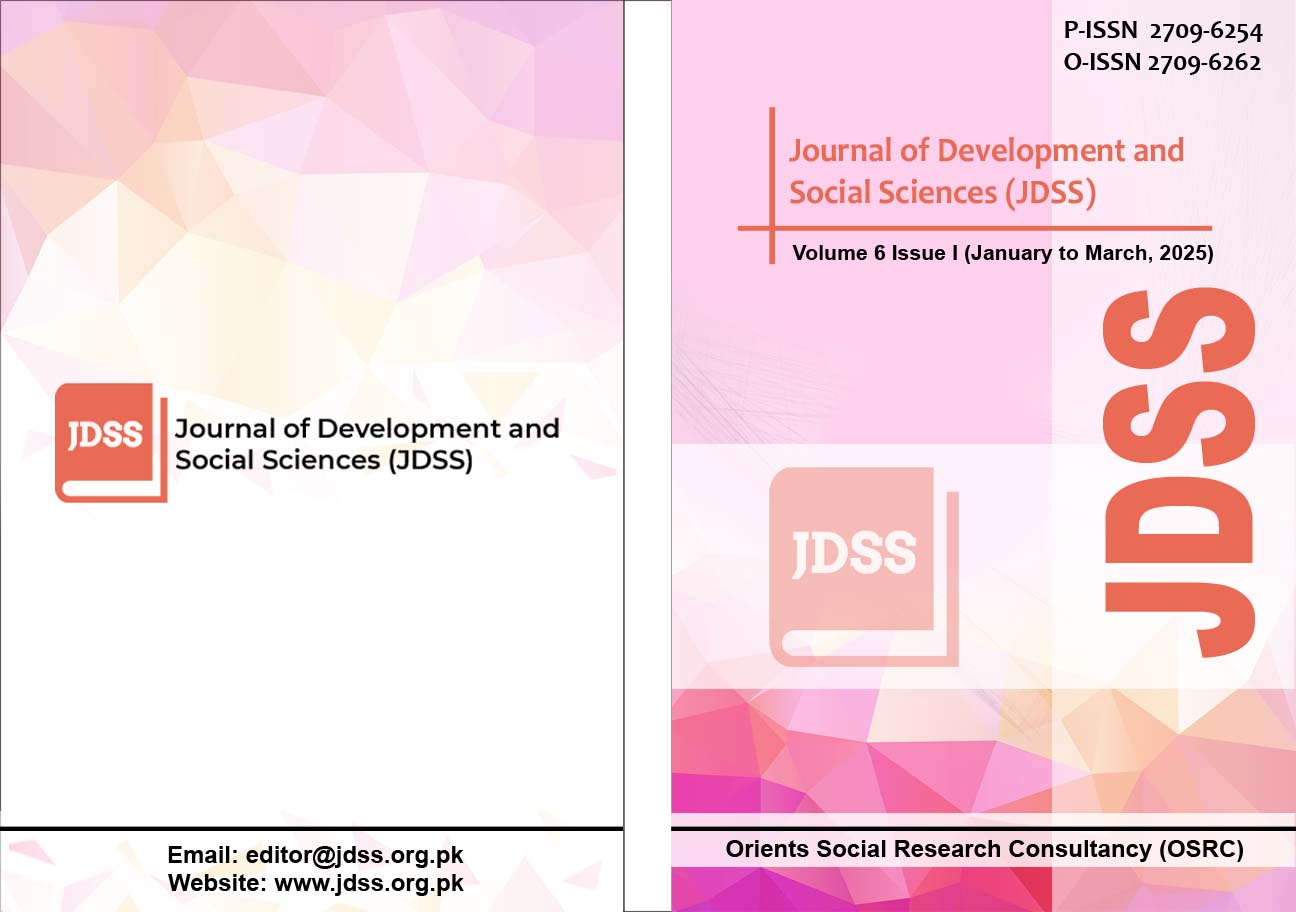U.S.-China Trade Policies Under the Biden Administration: A Critical Analysis
DOI:
https://doi.org/10.47205/jdss.2025(6-I)19Keywords:
Biden Administration, Economic Nationalism, Global Supply Chains, Strategic Competition, U.S.-China TradeAbstract
This study looks at how relations between the United States and China have changed under the Biden administration. It draws attention to Biden's stance on current tariffs, prospective new discussions, and their effects on technology and global supply lines. A constant shift has been seen in US trade policies in 20th century for balancing economic priorities, political alignments and global dynamics. There’s been a divide among republicans and democrats over trade policies, republicans favored high tariffs before 1960s and advocated free trade post 1960s while democrats advocated lower tariffs pre 1960s and leaned toward protectionism in post 1960s. A bipartisan emerged in 2016 under Donald Trump administration to counter Chinese influence and high tariffs were imposed under section 301 of U.S. Trade Act of 1974. The study uses a qualitative methodology to examine how Biden's policies affect economic situations and bilateral ties. Biden's administration seeks to rebalance U.S.-China relations within a framework of economic security and international collaboration, according to the literature assessment, which also addresses topics of economic nationalism and strategic competitiveness.
Downloads
Published
Details
-
Abstract Views: 888
PDF Downloads: 2040
How to Cite
Issue
Section
License
Copyright (c) 2025 Journal of Development and Social Sciences

This work is licensed under a Creative Commons Attribution-NonCommercial 4.0 International License.

ORIENTS SOCIAL RESEARCH CONSULTANCY (OSRC) & Journal of Development and Social Sciences (JDSS) adheres to Creative Commons Attribution-Non Commercial 4.0 International License. The authors submitting and publishing in JDSS agree to the copyright policy under creative common license 4.0 (Attribution-Non Commercial 4.0 International license). Under this license, the authors published in JDSS retain the copyright including publishing rights of their scholarly work and agree to let others remix, tweak, and build upon their work non-commercially. All other authors using the content of JDSS are required to cite author(s) and publisher in their work. Therefore, ORIENTS SOCIAL RESEARCH CONSULTANCY (OSRC) & Journal of Development and Social Sciences (JDSS) follow an Open Access Policy for copyright and licensing.







